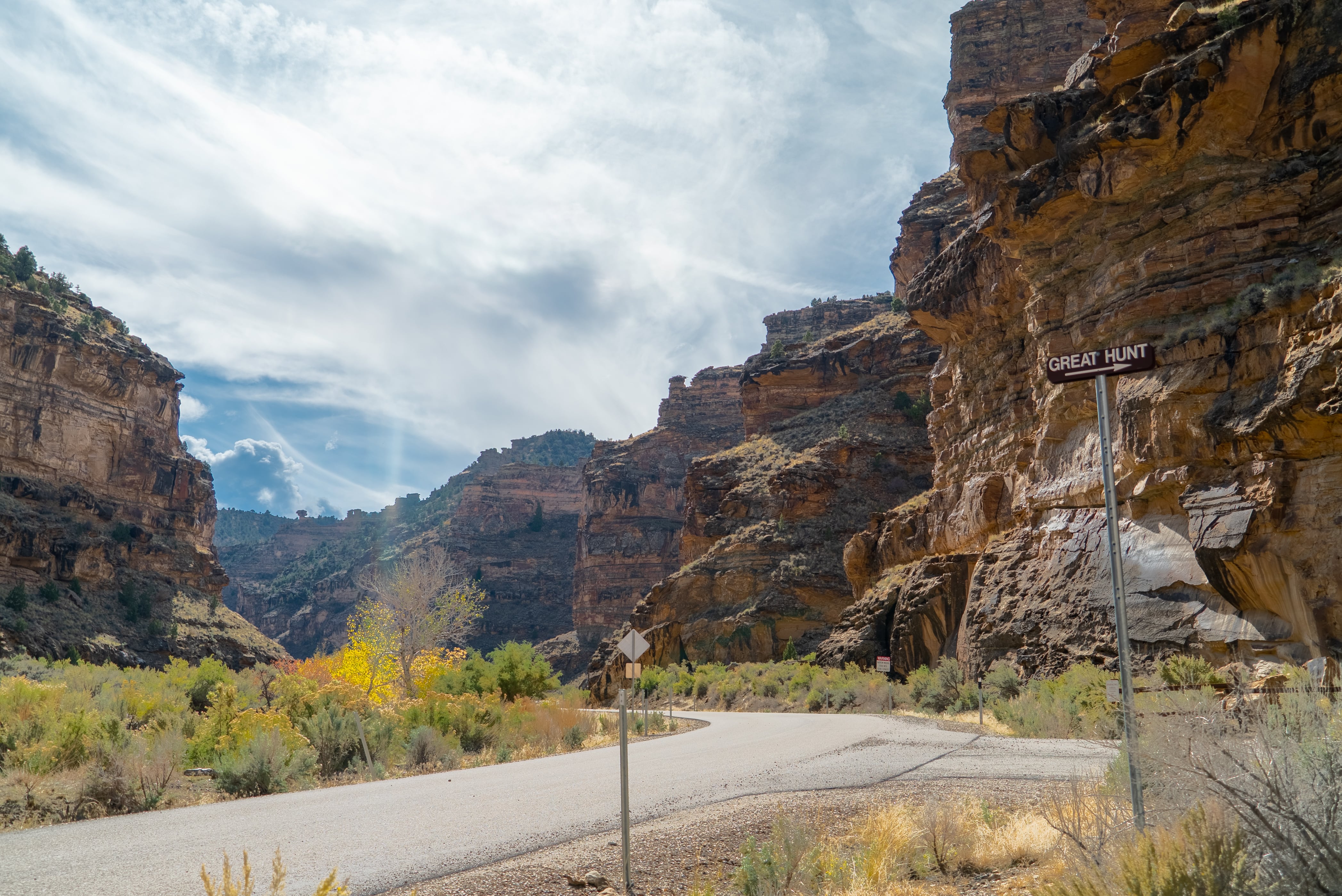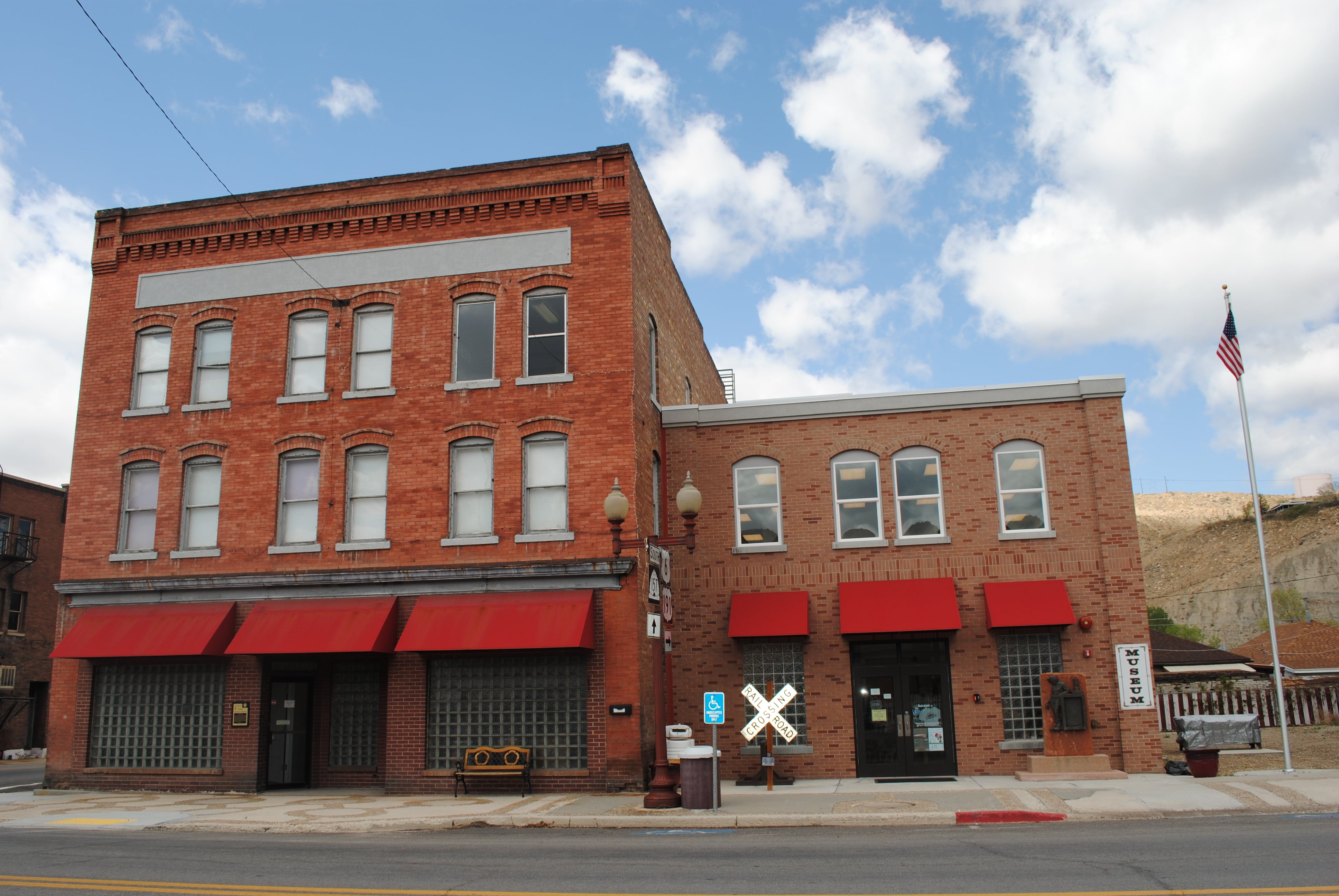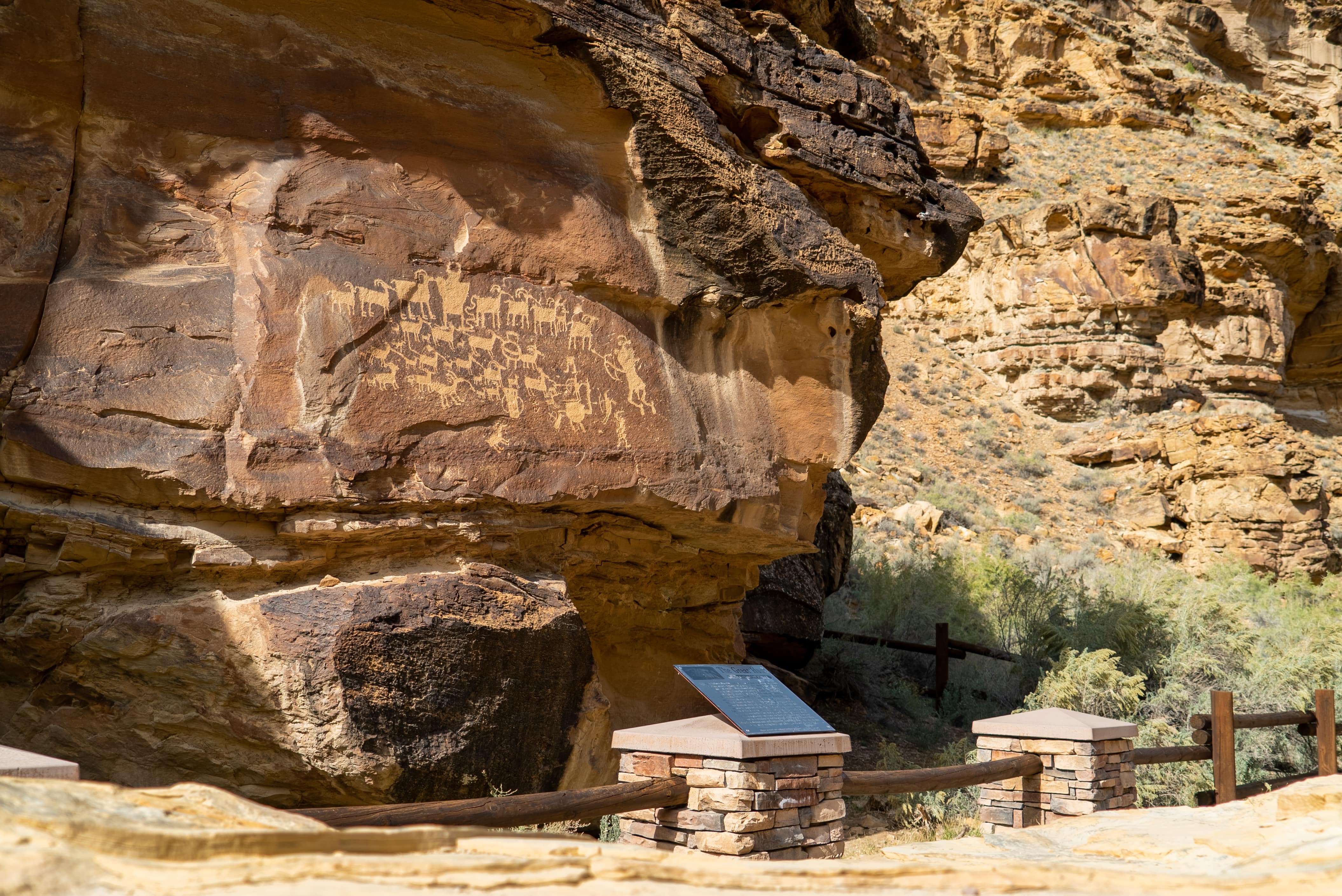
Nestled in the heart of Utah lies the Carbon Corridor: a gateway to the storied history of the American Southwest. Just a short drive from Salt Lake City and Grand Junction, Colorado, this corridor offers an immersive journey through time. From abandoned mining camps to ancient rock art in Nine Mile Canyon, the Carbon Corridor promises a captivating experience for history enthusiasts and adventurers alike. Welcome to a land where history lives and adventure awaits.
Getting to Carbon County
The Carbon Corridor’s central location is a beautiful drive just two hours south of Salt Lake City and two and a half hours west from Grand Junction, CO.
For those really wanting to take the historic route, you can take the Denver and Rio Grande Railroad that connects Colorado to Utah for scenic views and a beautiful ride via Amtrak. Trains come right into Helper, UT from Denver, CO or Salt Lake City, UT. Those traveling from further east can make it a multi-stop trip by staying over in Denver or Omaha.
Where To Start
Visitor Center
155 E Main St, Price, UT
If there is anywhere to begin a trip to The Corridor, it should be the visitors’ center. Located in Price, UT, this center provides travel guides, food tours, and even a book shop. The best part is that it is adjacent to the USU Eastern Prehistoric Museum, making it easy to start your trip at the dawn of time.

Helper Museum
294 S Main St, Helper, UT
Your next stop takes you into historic downtown Helper to the Helper Museum. This four-floor and fully filled museum tells the story of the men who worked in The Corrridor’s underground mines between 1880-1950. The museum takes visitors through what life was like for the families that flocked to the area during the time from 27 different countries.
Visitors can hear oral histories by docents and museum curators. The gift shop features booklets that make for great self-guided tours up Springs Canyon, where the ghost town of Storrs lays vacant.
This is a great stop for adults and children. The basement of the museum takes visitors right into a mining tunnel replica. Learn about the various nationalities that built the mines, see the tools they used throughout the years, and read about the mining explosions of 1924 at Castle Gate.

Stepping Into History
The Carbon Corridor is rich with history, as you will soon find out, and there are many ways that visitors can walk through the American Southwest’s history without even opening a book.
Castle Gate Cemetery
What used to be the grounds of the Castle Gate Mines has been transformed into a cemetery memorial for the miners who lost their lives in the mine explosions of 1924. Now, a hundred years later, visitors can pay their respects and reflect on the disaster that transformed mining safety practices and the lives of the families of The Corridor.

Ghost Towns
Well-known for an abundance of outdoor recreation and beauty, The Corridor also has a spooky side. Out of the 136 ghost towns in Utah, Carbon County has the most with 13 deserted sites. It does not get more “wild west” than walking through the ghost towns dating back to 1880-1940s. Many of the ghost towns in Carbon County were once mining towns. Here are a few must-sees:
Clear Creek Mining Camp
Situated at 8,200 feet, this mining camp was the highest in elevation out of all of Utah’s mining camps. What used to be a mining town has now been repurposed as a youth camp. The site is located at the south end of State Route 96, six miles south of Scofield.
Coal City/Dempsey
Abandoned in 1940, few buildings and deteriorating structures can be found here. Be sure to bring your hiking boots, because no motorized vehicles are allowed through the area. Coal City is located almost nine miles west of US-6/191 on Consumers Road (UT-290/139).
Storrs
Situated in Spring Canyon, Storrs has been known by locals to be haunted. Now mostly privately owned, visitors can view mining remnants and buildings from County Road. Please be respectful of private property and no trespassing signage.
Harper
Log cabins and buildings still remain of this ghost town on the Nine Mile Canyon Backcountry Byway, about 30 miles north of Hwy 6/191 on Soldier Creek Road near Wellington.
Nine Mile Canyon
We can't talk about history without bringing up Nine Mile Canyon. Twenty miles north of Wellington, this canyon’s walls are covered with art and storytelling from centuries ago, dating back to the Fremont Indians of the area. The stories engraved into the beautiful scenery make up the world’s longest art gallery.
To learn more about the Canyon and get the most out of your hike, we encourage visitors to book a tour. Tours can be booked through the Carbon Events and Recreation Complex by calling (435) 636-3701. There is also a free self-guided audio tour for those driving through the canyon. The two-hour drive takes visitors through a GPS-triggered tour that points out important rock art sites.

Where To Stay
Whether you are most excited about hiking through the ghost towns of The Corridor or learning about the mining and railroad by checking out the Helper Museum, there is no shortage of fun ways to immerse yourself in history. The Corridor has an array of lodging options that range from hotels, ranches, lodges, and short-term rentals.

